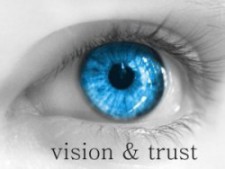A leader is at their best when…
A leader is best when people barely know he exists, when his work is done, his aim fulfilled, they will say: we did it ourselves. Lao Tzu (604 BC – 531 BC).
This is one of my favour quotes about leadership. It epitomises for me what the essence of leadership is about: it’s not about me. One of us can never be as good as the sum of us. Together we can achieve far more, make better decisions, come up with better ideas.
The role of a leader is to bring out the best in people, to identify their gifts and align them with roles that will see them shine. Good leaders spend time coaching others, developing their capacity. They make people feel like it was their idea. They step back while others take the limelight.
Remarkable to think that this quote about leadership was written 2500 years ago. But then again, perhaps not surprising when you consider the greatest example of servant leadership, which again is not all about me, was given to us 2000 years ago in the person of Christ.





![Our-Vision[1]](https://thecentreonline.com.au/wp-content/uploads/2014/01/Our-Vision11.jpg)


